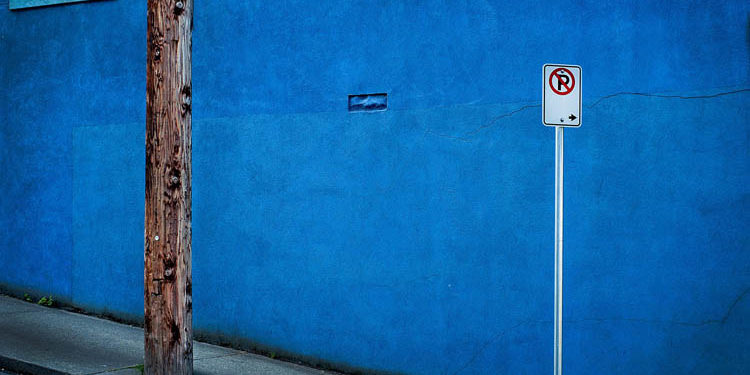How to Hone Your Observation Skills to See What is Around You

We as humans have incredible eyesight, but sometimes we lack vision. What do I mean by that? While we can physically see the world around us, sometimes we don’t look into things to see their deeper meaning. This is an important lesson for a photographer, we must hone our observation skills so that we can see what is around us. How many of us make the excuse that there is “nothing to photograph” or that you “didn’t seeing anything today,” or “nothing is working?” These themes are all valid and real, but they point to one thing, a lack of vision in your photography and creativity.
Let me ask you this, can you draw? If I asked a five year old if they could draw, the answer would almost always be an unashamed “yes!” When I ask just about any adult this question, I most always receive the uncertain answer of “maybe” or even “not at all.” If most children feel that they are artists and most adults feel that they are not, what happens to us between the time our five year old selves so confidently admit to being an artist and the present?
Unfortunately, at some point in our lives, we are told to stop being creative and to take life more seriously. Whether we actually stop being creative or not, this can cause us to view the world through jaded eyes, and we can become blind to what we can create, even at a subconscious level.
We also can become bored and frustrated with our subjects. When that happens to photographers, it can feel as if there is nothing to photograph, and because of that, we may not shoot as often as we would like to. To fix this, we must exercise our creativity often. Creativity is like a muscle, if you don’t use it, it becomes weak, and like a muscle, it can become painful when only used sparingly.
So what can you do to help hone your observation skills? Below are a few techniques that you can use to help break out of a creative rut, or help you see the world around you a bit better.
1. Become Interesting
If your images seem static or boring, think about this quote from Jay Maisel: “If you want to make more interesting pictures, become a more interesting person.” That means, get out of your comfort zone, go to places you haven’t been before and and do more interesting things. Experience life in new an unexpected ways and see how your photography improves as a result.
2. The Rule of 35
This is an exercise that Freeman Patterson used to suggest to his workshop attendees when they said there was nothing to photograph. He told them to choose a spot in a field, or in a room, or wherever, and to stand there and create 35 different images. They could only change their viewpoint, they couldn’t change where where they were. They could lie down, kneel down, stand up or whatever, the only thing they couldn’t do was leave that spot. They could zoom in, zoom out, turn the camera upside down, it didn’t matter, they just needed to get 35 different images. Sounds easy right? Give it a shot this weekend. Walk out to a field, or out to your back yard, and shoot 35 different images from one spot. It’s not an easy task.
What the rule of 35 exercise will teach you is to start seeing again. To start looking at shapes, colours, textures, and to take a closer look at the details. Look at reflections in puddles after a rain storm. Watch how light behaves when the sun starts to set, become a student of light, and begin to observe the world around you.

3. Change it Up
To really challenge your creativity, photograph subjects that you don’t normally shoot. If you photograph mostly people, go and shoot some landscape images and vice versa. Set up a project for yourself like a 50 with 50. This means, put a 50mm lens on your camera, and go get 50 different images.
You can also make a point of turning off the LCD screen on your camera so that you don’t see your images until you load them onto your computer. The idea here is to shake yourself out of your creative rut, to change what your eyes see and how you perceive what you are seeing. Hopefully, this little jolt will help you to create new and vibrant images. Give it a try, you might be amazed at the results.
Conclusion
Hopefully, these tips will help you to hone your observation skills so that you can start taking better photos or to break out of a creative rut. Have you ever been in a creative rut or had trouble seeing the world around you? Have you ever tried any of these techniques? Has anything else worked for you in the past? Let us know in the comments.
Photos by Barry J. Brady

